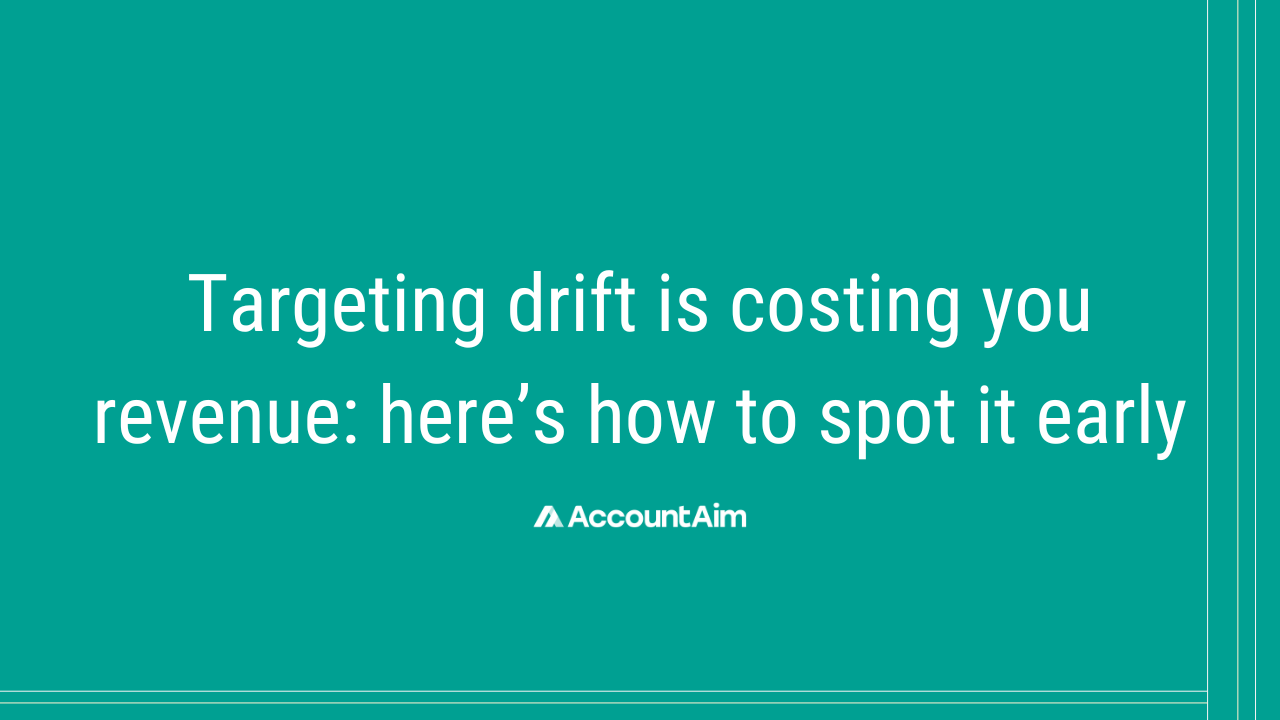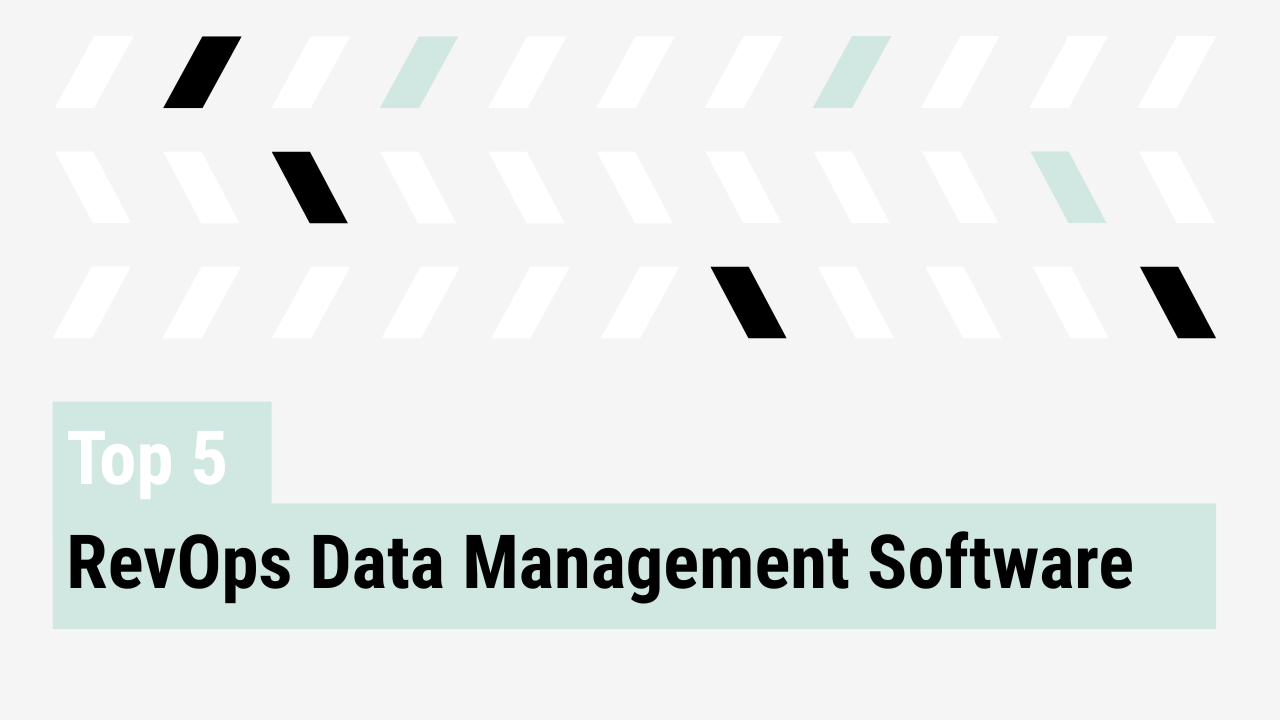Your pipeline looks full, but it’s off course
Most sales teams don’t abandon their ICP outright. They veer off course a few degrees at a time. Reps under pressure start softening criteria, taking calls with “maybe” buyers, and advancing deals with unclear use cases. Targeting drift sets in.
You don’t notice it until win rates drop, onboarding goes poorly, and churn shows up in your forecast. At that point, it’s too late. You’re off-course.
Let’s fix that.
Understand the hidden cost of targeting drift
Targeting drift is when your sellers spend time prospecting to poor-fit accounts. At best, your pipeline fills with buyers who aren’t a strong match for your product. At worst, it runs dry. Reps aren’t doing this on purpose, but gradually over time as short-term pressures build.
It usually stems from data sprawl and CRM overload, requiring prospectors to synthesize tens of thousands of data points across their book. It’s easier to spray and pray. Additional causes include quota pressure overriding ICP discipline, vague definitions that invite interpretation, weak qualification controls, and pipeline gaps that force stretch deals.
The impact shows up as fewer booked meetings, lower win rates from buyers who were never serious, longer sales cycles from friction and indecision, onboarding friction from misaligned expectations, distorted product feedback from edge cases, and lost time chasing deals that won’t close.
If your pipeline feels bloated but unproductive, this is why.
Catch the early signs before forecast confidence craters
Book drift shows up early if you know where to look:
- Decreased meetings booked: You’re getting fewer meetings on the same amount of activity.
- Increased sales cycle time: Deals stall more often in later stages.
- Low demo-to-proposal rates: Reps are meeting with the wrong buyers.
- Onboarding friction: CS teams flag mismatches in expectations.
- Vague rep notes: Missing exec contact or unclear use cases.
- Cluttered CRM data: Custom fields and forced entries become common.
To stay ahead, monitor the following metrics:
- Activity by ICP and signal fit: helps you ensure the top of funnel outreach is as intended.
- Tier 1 SLAs: ensures your reps are touching your very best accounts as often as needed to book meetings.
- Demo-to-close rate: helps you gauge conversion efficiency from first meeting to closed deal
- Win rate by segment: shows where your ICP fit is strongest
- Churn or CSAT by AE: reveals post-sale misalignment
- Deal velocity by persona or ACV: tracks momentum across different buyer profiles
These are your early warnings.
What high-performing teams do differently
You can’t fix targeting drift with theory. You need enforcement.
Start by defining ICP accounts across both fit scores and engagement scores.. Use historical data to create activity SLAs as well. How many touches does it take to create a first meeting? What are the typical touch points needed to progress a deal along the customer journey? If you don’t have these data points, you won’t know what you should be tracking. You can use tools like AccountAim to analyze this granular performance.
Post-meeting booked, make sure that you are capturing all important fields that determine qualification in your CRM as well. Define not just firmographics, but pain points and disqualifiers. Then, set QA rules for discovery: no use case, no progression. Monthly audits help catch outliers before they hit the forecast.
Your best reps will embrace this structure. The rest will catch up.
Build accountability through coaching and visibility
Process only works if leadership backs it.
In every rep 1:1, review one high-fit and one questionable-fit deal. Use those examples to reinforce expectations. Share ICP activity rates by rep and make precision something to celebrate, not just volume. When drift shows up, inform Marketing and Product, it is often also a signal that something upstream needs adjustment.
When a focus on fit becomes the cultural standard, your pipeline quality improves fast.
Fit beats volume
More pipeline doesn’t always mean more revenue. It can be false hope.
If your team is chasing longshots, bad things happen. Your forecast loses credibility. Product decisions start chasing outlier deals. Targeting drift can result in company drift.
Reps aren’t the problem. Lack of visibility is. Understand success. Define fit. Coach to it. Forecast with confidence.
Book a targeting audit with AccountAim
Need a second set of eyes on pipeline and targeting quality? Let’s talk.



